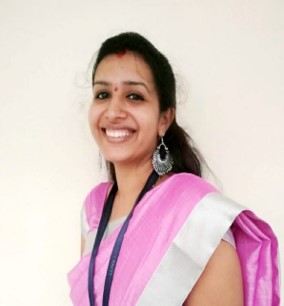Research Interest: My research project is focuses on the investigation of biased protease activated receptor 1 (PAR1) signaling to attenuate the vascular complications associated with VOC (Vaso Occlusive Crisis) including enhanced thromboinflammation and microvascular stasis in sickle cell disease (SCD). SCD is a most common inherited hemoglobinopathy caused by a single nucleotide mutation in the β- globin chain. The downstream consequence is the abnormal polymerization of hemoglobin resulting in chronic hemolytic anemia and brief episodes of VOC. Chronic activation of coagulation and inflammation mediates disease pathology. Though improvements in primary disease management have reduced the death due to infections and attenuated the painful crises, the limited rage of approved drugs for SCD have highlighted the need to develop new treatment strategies. PAR1 is a G-protein coupled receptor activated by proteolytic cleavage. Different proteases cleave PAR1 at different amino acid residues, which lead to the activation of different signaling pathways and thus cellular responses. Several studies indicate that thrombin-mediated activation of PAR1 leads to detrimental, pro-inflammatory responses whereas activation by natural anticoagulant activated protein C (APC) induces anti-inflammatory and cytoprotective signaling. Our preliminary data indicates that inhibition of endogenous APC generation in sickle mice exacerbates thrombin generation and inflammation. The main aim of my project is to determine the beneficial and detrimental role of PAR1 signaling on vascular complications and to investigate the long-term effects of APC/PAR1 signaling on end organ damage and survival in SCD.
Nirupama Ramadas, PhD
Postdoctoral Research Associate
Sparkenbaugh Lab
Department of Medicine, Hematology Division
